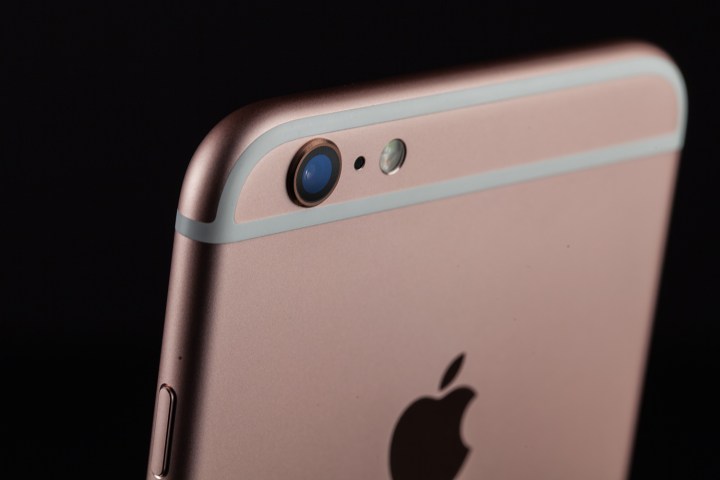
Unfortunately for Android fans, the result wasn’t so good. To say the iPhone 6S obliterated the competition would be an understatement. The iPhone 6S came in first with a score of 132,620. The next phone in line, the Huawei Mate 8, scored only 92,746. If you’re doing the math, that means the iPhone 6S is about 42 percent faster.
Samsung, Android’s most popular brand, performed far worse. It still came in at fourth place among the phones tested, though. The iPhone 6S was about 60 percent faster than both the Galaxy Note 5 and Galaxy S6 Edge Plus.
Even last year’s iPhone 6 outperformed most other Android phones, as it placed sixth overall. It’s about 3 percent faster than the Google Nexus 6P, which became available only a few months ago.
What’s most interesting about this data is the fact that Apple isn’t in a spec war like the one in which Android manufacturers find themselves. Companies that make Android phones continue to push the boundaries with octa-core processors and as much as 4GB of RAM. The competition among Android phones has heated up so much that companies like Samsung and Huawei are now manufacturing their own in-house processors.
However, the iPhone 6S is rocking its own 64-bit dual-core A9 processor with only 2GB of RAM. Kudos have to be given to Apple on its ability to be so efficient with so little. The efficiency not only gives the iPhone more power, but it likely helps battery life as well, which is a good thing, seeing as iPhone battery life is notoriously short.
AnTuTu tests only one device per model and averages 500 data samples for each phone. The company didn’t include the iPhone 6S Plus or the iPhone 6 Plus because there were no significant differences when compared to the iPhone 6S and iPhone 6. It’s unclear if that was also the case for the Samsung phone that was chosen for the test.
Although the results are intriguing, it’s important to note that benchmark tests aren’t everything, and sometimes real-world performance is different.


